
Browse an alphabetical list of photographs. These historical images portray people, places, and events before, during, and after World War II and the Holocaust.
<< Previous | Displaying results 26-50 of 52 for "Photo" | Next >>
Jews in the Lodz ghetto line up outside the labor office of the Jewish council in the hopes of finding employment outside the ghetto. Lodz, Poland, between 1941 and 1943.
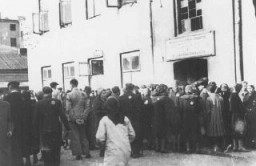
Lion Feuchtwanger aboard the ship Excalibur, arriving in New York. United States, October 1940.
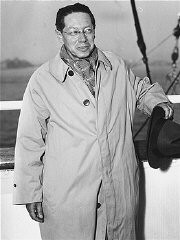
Lion Feuchtwanger (1884–1958), German-Jewish novelist, playwright, essayist, during his internment in the Les Milles camp. Les Milles, France, 1940.
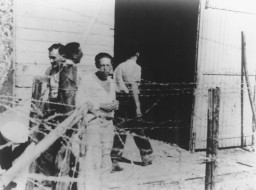
Author Lion Feuchtwanger in New York, November 17, 1932. Feuchtwanger's 1930 novel Erfolg (Success) provided a thinly veiled criticism of the Beer Hall Putsch and Hitler's rise to leadership in the Nazi Party. He was targeted by the Nazis. After the Nazi takeover on January 30, 1933, his house in Berlin was illegally searched and his library was plundered during his lecture tour in the United States.
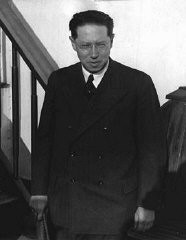
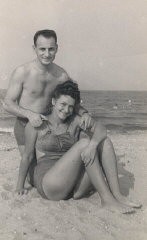
Lisa and Aron (center) with their three sons, Gordon, Howard, and Daniel. Photograph probably taken in Chicago, Illinois, in 1990.
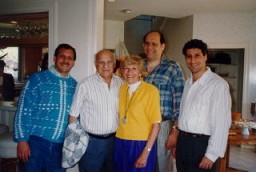
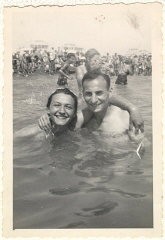
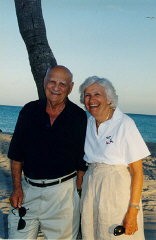
Lisa and Aron with Chicago Mayor Richard Daley on Holocaust Remembrance Day. Chicago, Illinois, 1994 or 1995.
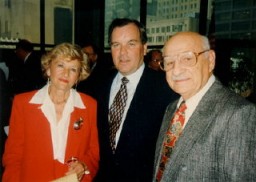
Lisa Nussbaum and her family. From left to right: Pola (sister), Herschel (father), Borushek (brother) Gittel (mother), and Lisa (about 13 years old in this photograph). Lisa's father exported geese to Germany for a living. Photograph taken in Raczki, Poland, ca. 1939. With the end of World War II and collapse of the Nazi regime, survivors of the Holocaust faced the daunting task of rebuilding their lives. With little in the way of financial resources and few, if any, surviving family members, most…
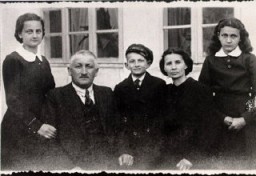
Lisa wearing the first suit she bought in America (Aron recollected that it was taupe). Lisa's aunt, Faye Abrams, gave her the money to buy this suit. Photograph taken in 1947 in Chicago, Illinois, at the Illinois Central station, 75th street (Lisa was either coming or going from downtown).
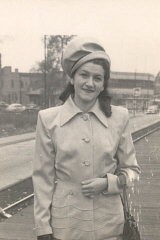
Lithuanian collaborators guard Jews before their execution. Ponary, Lithuania, June–July, 1941.
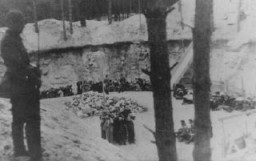
A Lithuanian auxiliary policeman auctions off property owned by persons killed in SS-managed shooting operations. Lithuanian auxiliaries served as shooters and guards in these operations. Were those who bought the clothing, who likely knew some of the victims in this small town, complicit in the crimes? Utena, Lithuania, July–August 1941.
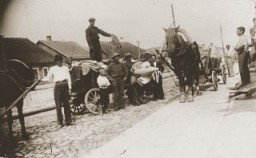
Lithuanian librarian Ona Simaite took food to Jews in the Vilna ghetto, helped hide many Jews outside the ghetto, and saved valuable Jewish literary and historical materials. Vilna, 1941.
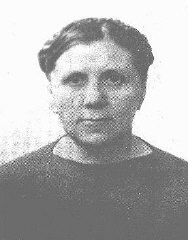
Dugouts which served as living quarters for prisoners in Stalag 319—a Nazi-built camp for Soviet prisoners of war. Chelm, Poland,1941–44.
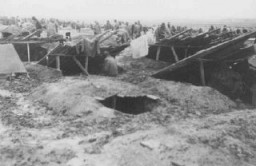
Living quarters in the Theresienstadt ghetto. Theresienstadt, Czechoslovakia, between 1941 and 1945.
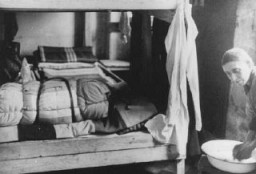
Lois Gunden (center right) with other members of the Ville St. Christophe staff in Canet-Plage, France. At the age of 26, Lois Gunden, a Mennonite and French teacher from Goshen, Indiana, sailed to Europe to head the Ville St. Christophe refugee children’s home in Canet-Plage, France. She had not been involved with overseas relief work before, and had never been to Europe. But she spoke French, and the Mennonite Central Committee needed someone willing to place herself in danger to help others.…
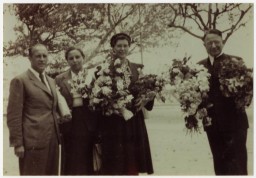
Visitors in the Hall of Witness in the United States Holocaust Memorial Museum. Photograph taken from the Museum's second floor. October 1994.
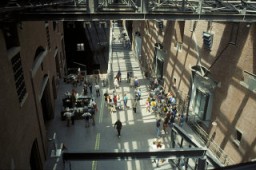
German Jewish refugees look through portholes of the St. Louis, in Havana harbor. Cuba refused to let the passengers disembark. Cuba, May or June, 1939.

Blanka Rothschild and Neenah Ellis look through Blanka's photograph albums. Photograph taken in 2004.
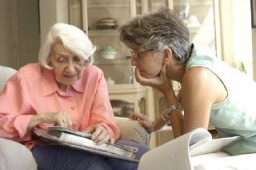
Soldiers from unidentified units of Einsatzgruppe C look through the possessions of Jews massacred at Babi Yar, a ravine near Kiev. Soviet Union, September 29–October 1, 1941.
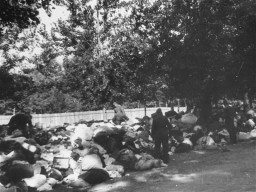
Einsatzstab Rosenberg looted materials of Jewish culture like these books found stacked in the cellar of the Nazi Institute for the Investigation of the Jewish Question. Frankfurt am Main, Germany, July 6, 1945.
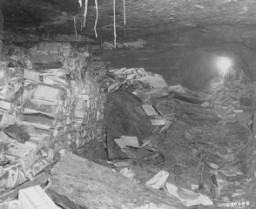
Residents of the Lublin ghetto. Poland, 1941-1942. (Source record ID: E9 NW 33/IV)
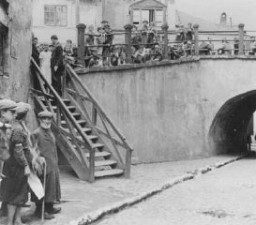
The commanding general of the 9th Armored Division (third from right), and members of the division who won the Distinguished Service Cross pose with the sign placed on the Ludendorff Bridge after its capture. US Army Signal Corps photograph taken by W. Spangle on September 18, 1945, several months after the bridge was captured.
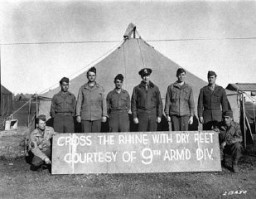
Ludwig Beck, one time chief of the Army General Staff. After his resignation in 1938, Beck became the center of the military resistance to Hitler. He was executed in 1944 for his role in the July 1944 attempt to kill Hitler. Germany, date uncertain.
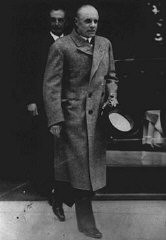
We would like to thank Crown Family Philanthropies, Abe and Ida Cooper Foundation, the Claims Conference, EVZ, and BMF for supporting the ongoing work to create content and resources for the Holocaust Encyclopedia. View the list of donor acknowledgement.